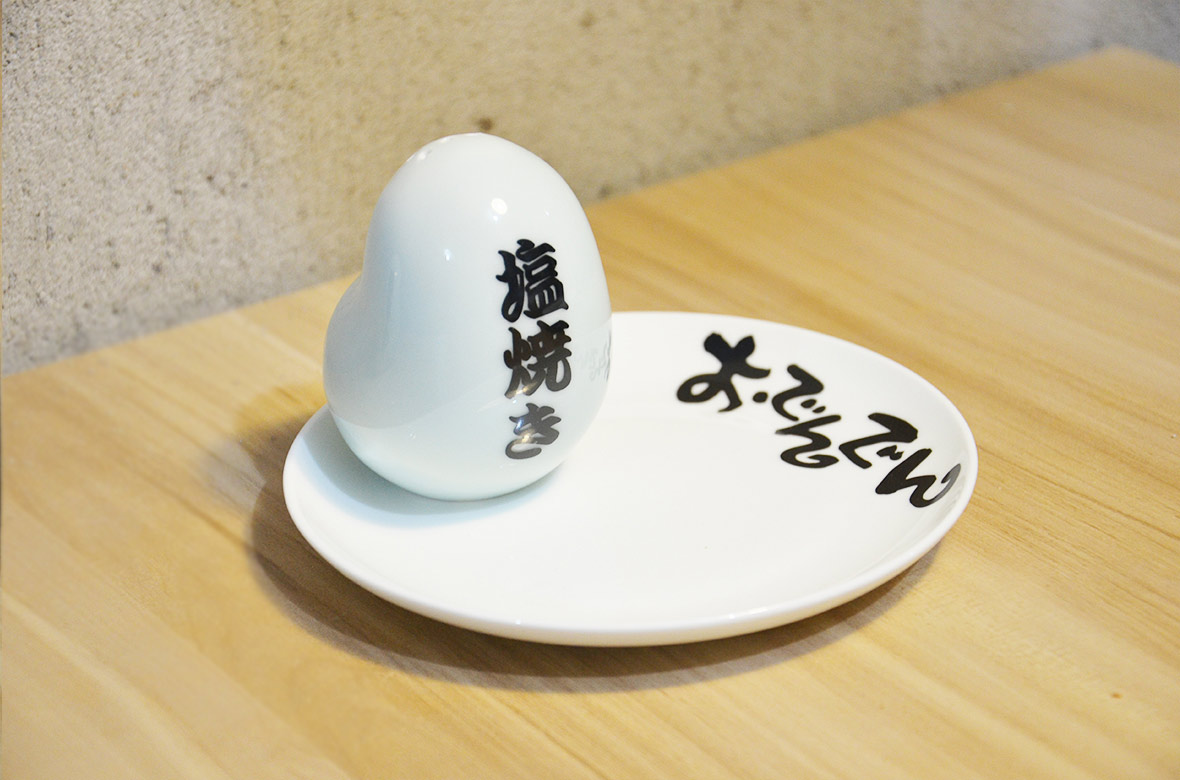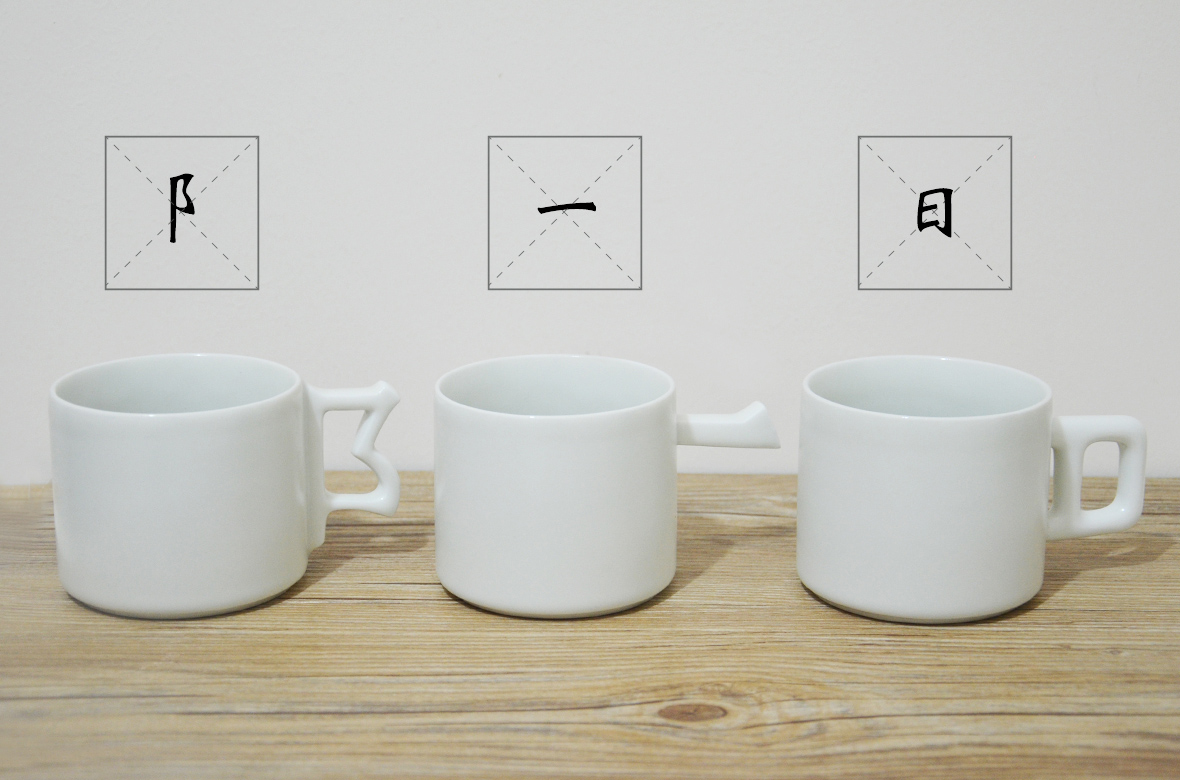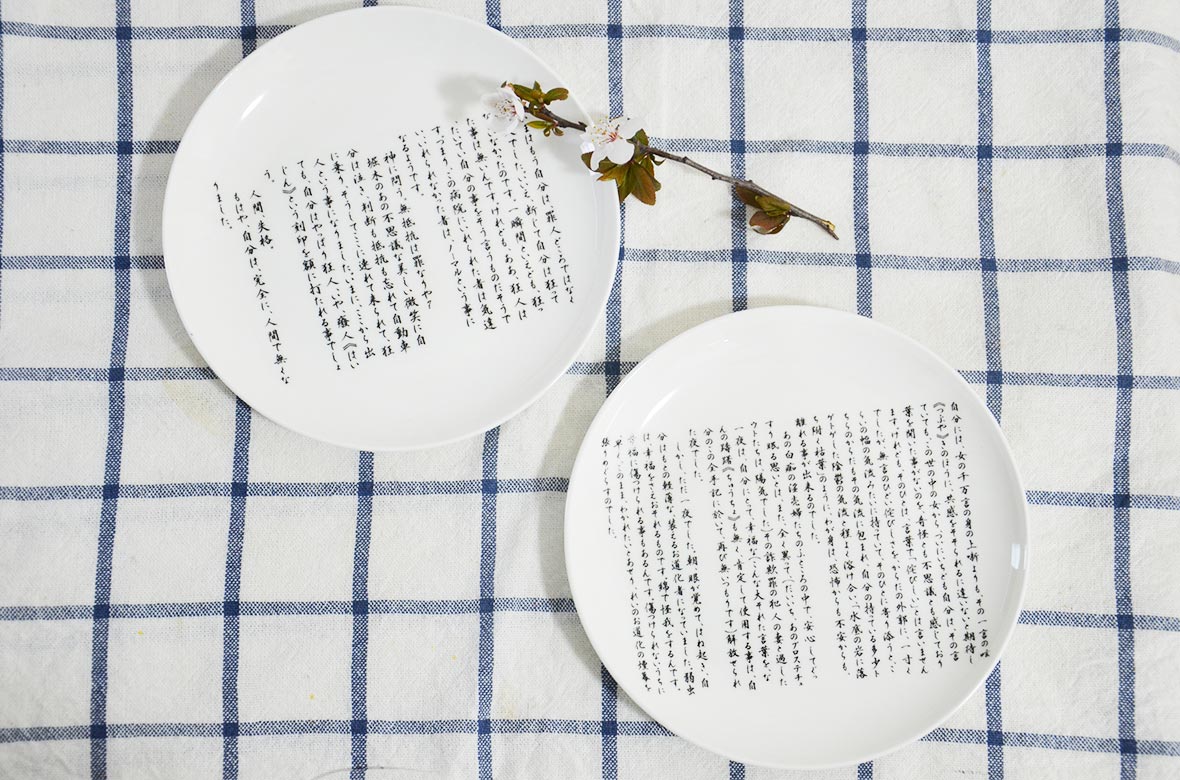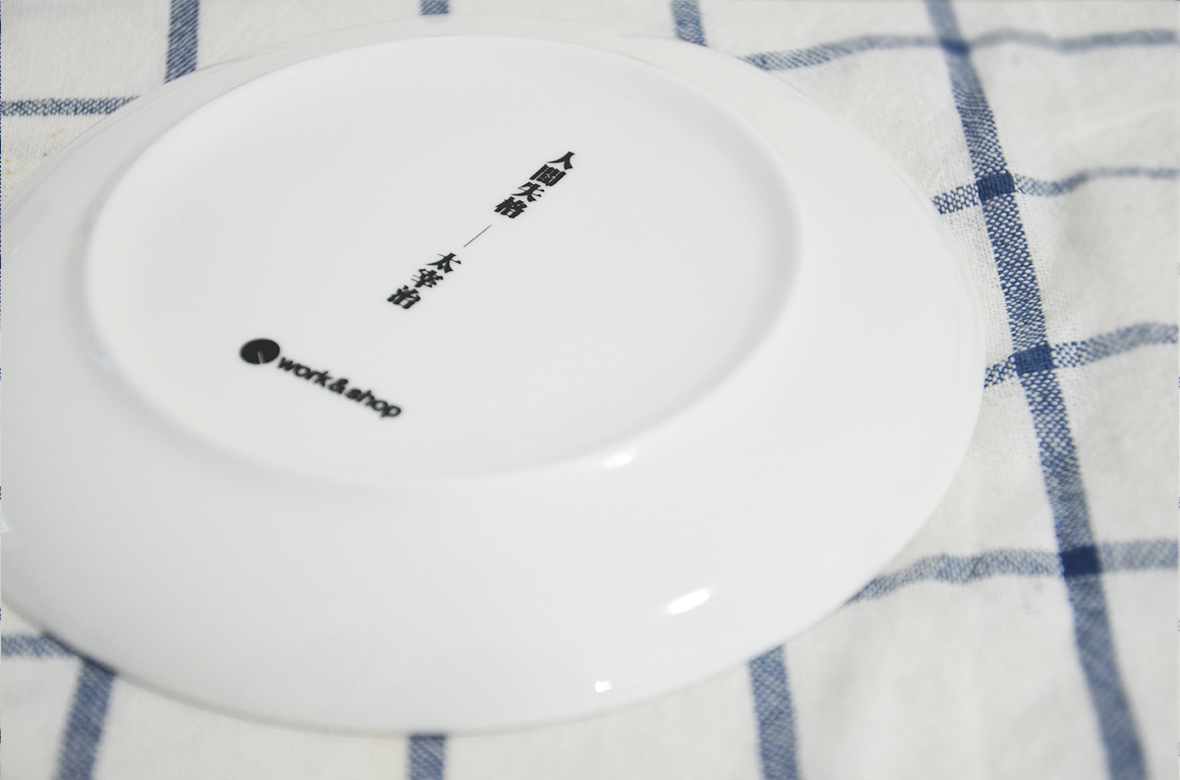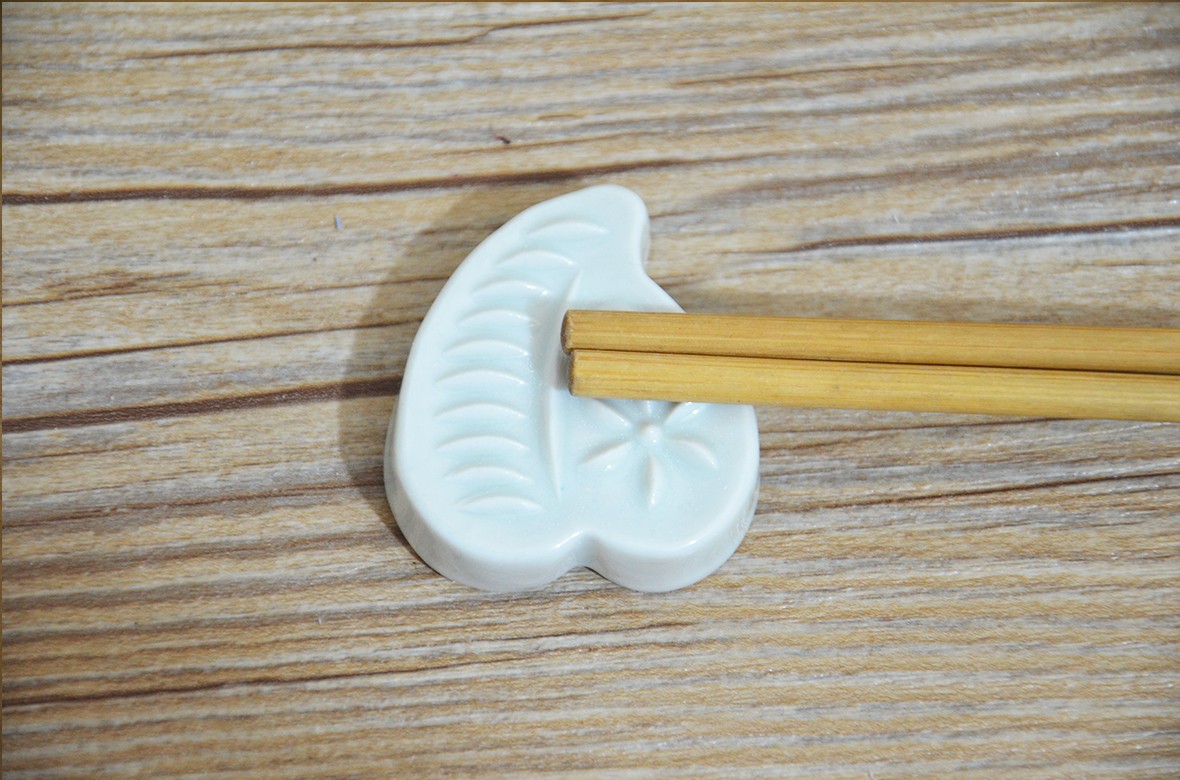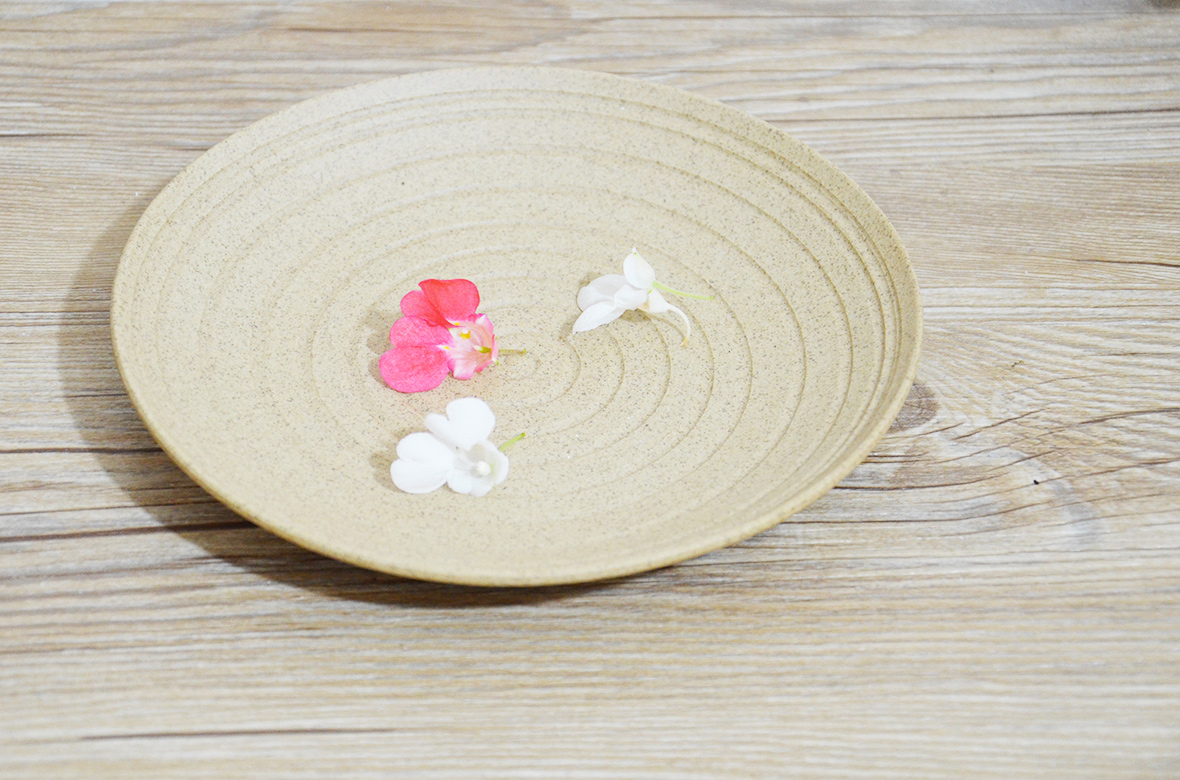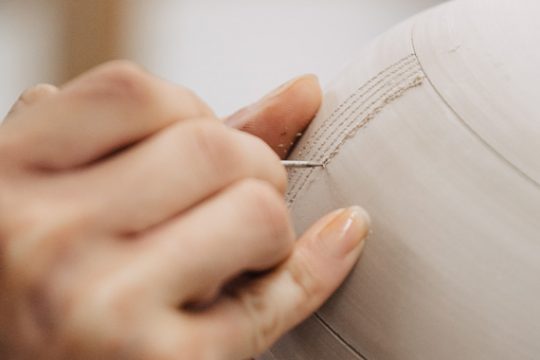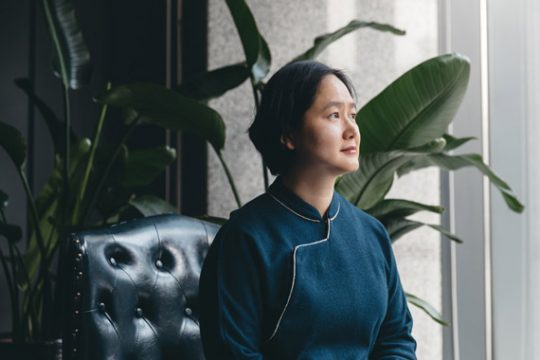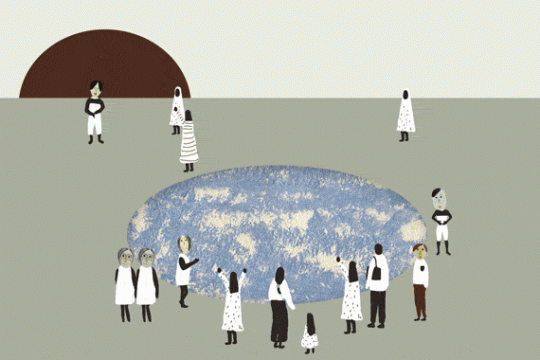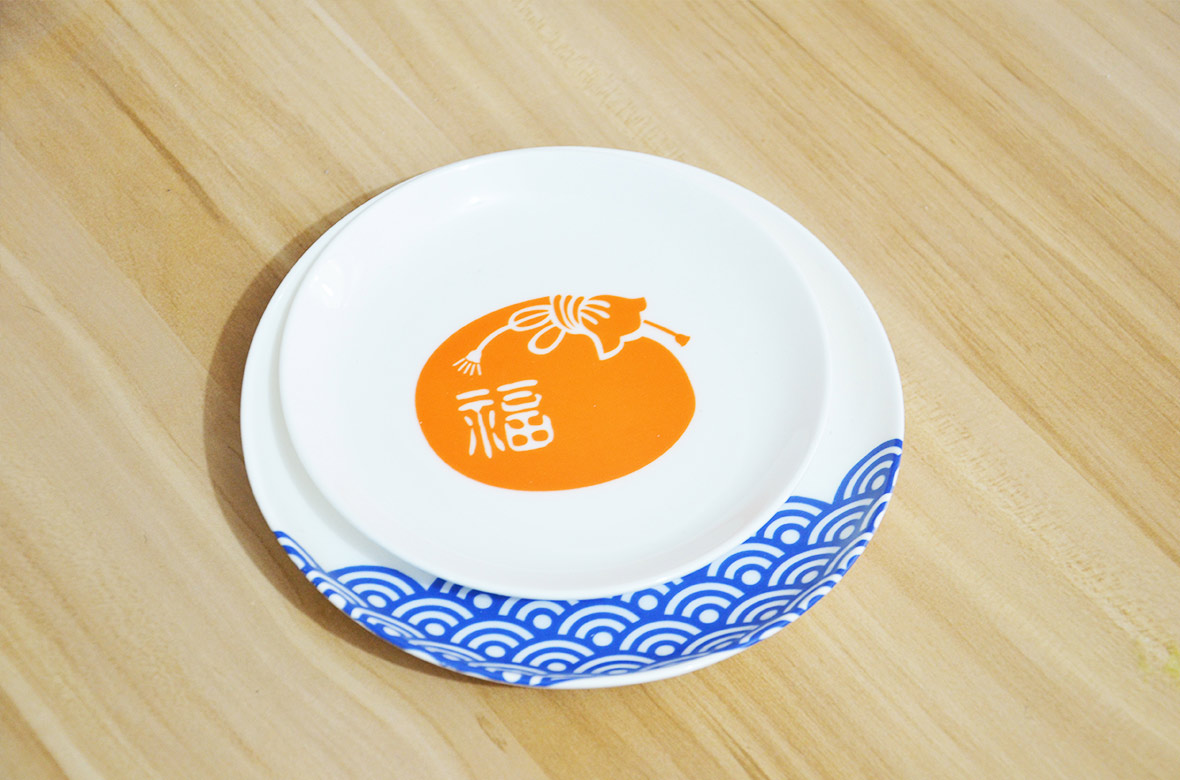
Many centuries ago, China was already closely associated with porcelain, giving birth to its synonymous association with ceramic pottery. Chinese porcelain was exported out of the country in staggering quantities, especially during the Tang Dynasty. In the late Ming and early Qing Dynasty, the intricate craftsmanship of producing porcelain was reaching new heights and Jingdezhen, widely regarded then as the capital of porcelain, situated itself as one of the most important cities of the era.
Through the course of time, the number of craftsmen in Jingdezhen skyrocketed, but the style and aesthetics of the porcelain creations remains unchanged. The process of creating traditional Chinese porcelain is rather complex, while in the modern world, product design has made many leaps and bounds compared to these traditional crafts. However, a new generation of young people have come together with the common mindset of bringing back Chinese porcelain. While they’re not quite envisioning anything as drastic as reviving the former glory days of Chinese porcelain, they still want to find new ways that it can be reappropriated and become relevant in a modern context. Momoko, a fashion design major from the Hubei Academy of Fine Arts, is one of those young people. In her journey to learn more about the roots of fine Chinese porcelain, she retraced it to its origins in Jingdezhen. Neocha recently spoke with her to learn more about her thoughts on ceramics and design.
早在几百年前,中国就被China这个单词和瓷器紧紧连在了一起。从唐朝开始,中国的瓷器开始大量输出,直到明末清初,瓷器的制造工艺达到了惊人的高度,而在这个时期,景德镇作为出产青花瓷的重要产地,有着非常重要的位置。
几百年以来,景德镇的能工巧匠数以万计,但是风格从某种程度上来说却是一成不变。青花瓷的工艺繁杂,而外面的世界,产品设计早就已经是另外一幅景象。有一群年轻人,在寻求另外一种方式,说是想重振中国瓷器的辉煌的话,可能略显空洞,但是他们确实是在用自己的方式,探索这其中的可行之路。毕业于湖北美术学院服装设计专业的Momoko则是这些年轻人中回到景德镇的一位,或许我们可以从下面的采访中一窥她的设计之道。
Neocha: After graduating with a degree in fashion design, what made you decide to go into a completely different field and start working with ceramics?
Momoko: I was at the Hubei Academy of Fine Arts for four years to study fashion design, but under a terrifyingly rigid, traditional teaching regimen. But that helped me to understand the basics and prepared me with the professional knowledge I needed. After graduating, I started working at a product design company and was designing luggage and bags. I consider the experience I gained at this job to have been crucial towards my growth. The job helped me learn that design has endless possibilities. Anything can incorporate design. I suppose my interest with ceramics comes from my obsession with small and detailed designs. Ceramic is beautiful by itself, but it shouldn’t just be ceramic, and at the same time it should still remain in the realms of ceramics. It would be wrong otherwise. With ceramic design, I only want to create things that are able to invoke joy.
Neocha: 为什么毕业之后没有进入相关行业而是做起了陶瓷设计呢?
Momoko: 我在湖北美院学习了4年关于服装设计的可怕的传统教学,但是也让我明白基础是必须具备的专业知识。毕业之后进入了一家产品设计公司做箱包的设计,这段工作经验非常可贵,让我我学习到什么都可以用来设计。说到我为什么会对陶瓷感兴趣,可能源于对“小小的设计”这点的执念吧!陶瓷非常有魅力,但是它应该不仅仅只是陶瓷,或者完全脱离陶瓷的世界,那都是很错误的。我想做一些人人都能“会心一笑”的陶瓷设计。
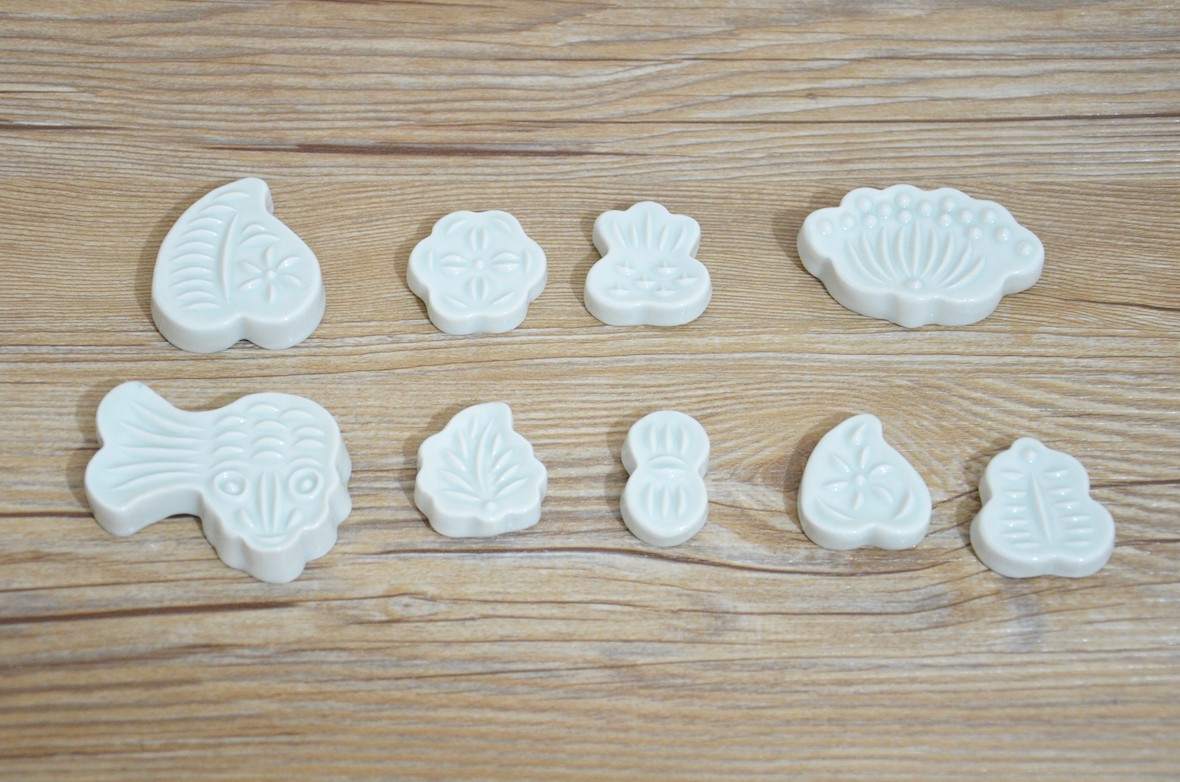
Neocha: What made you decide to quit a steady job and start your own brand?
Momoko: I followed my heart. Doesn’t that sound cool? Actually, the truth is every designer has dreams of launching their own brand. Working for someone else as a designer is difficult; your ideas are controlled by somebody else and often cannot be brought to life. So I quit and moved to the porcelain capital Jingdezhen. There I began my exploration into the world of ceramic design.
Neocha: 是什么令你下定决心辞职做自己的品牌呢?
Momoko: 随心所欲,这么说cool吗?其实真话是,每个设计师都想做自己的品牌。同时,作为一个设计师,在给别人工作的过程中发现自己很多的想法受制于人,导致无法实现,所以索性辞职回到瓷器之都景德镇开始做一点关于陶瓷的设计。
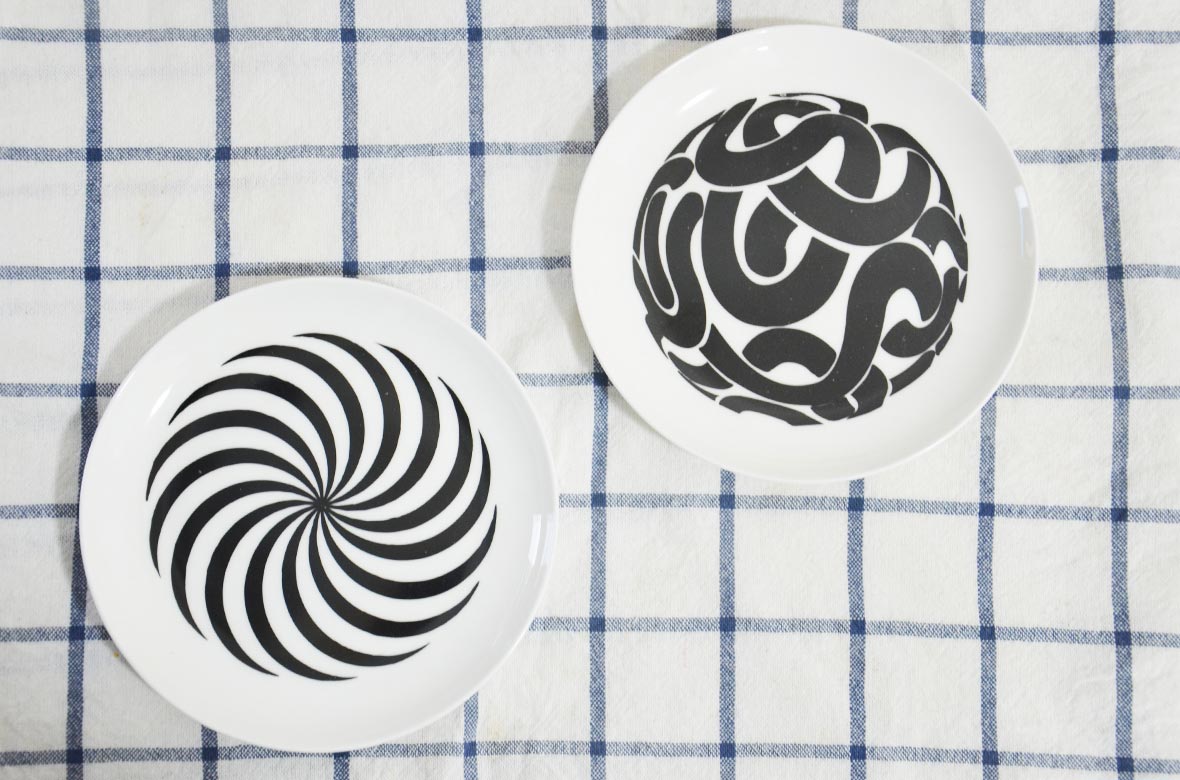
Neocha: What do you consider to be the most difficult aspects of design?
Momoko: The hardest part is the endless self-doubt. When I’m facing a work-in-progress, I continually ask myself: will anyone even find this interesting? I’m far too familiar with this state of mind. I can’t get out of it.
Neocha: 你觉得设计这件事最难的是什么?
Momoko: 最难的地方是在于不断否定自己。在一个未完成的设计里,我不断的质问自己:会有人觉得这有趣吗?我对这种状态已经太熟悉了,无法突破。
Neocha: What is the meaning behind your brand name, Xinpingqihe?
Momoko: Xinyi means innovation; pingjia, affordability; qiju, utility; shiyong, practicality. These are my basic requirements for all products.
Neocha: 给自己的品牌取名“新平器合”有什么寓意吗?
Momoko: 新意,平价,器具,实用。这是我对产品最基本的要求。

Neocha: The current design trend is promoting a sense of luxury and a feeling of being high-end. Affordability is a rather interesting approach.
Momoko: I define a good product based on its aesthetics. I am making something within a reasonable budget, and allowing the product to reach as many people as possible. Whether something is luxurious or cheap, it doesn’t matter, the inherent nature of the product doesn’t change. Let me be candid though: I create affordable designs. I’m not trying to depreciate the value of well-thought-out designs. I want people to be able to see design in its most honest and true-to-self form.
Neocha: 都在主打“高大上”的设计主流下,“平价”倒是很有意思的设定。
Momoko: 我对产品的定义是使用感,在可以实现的成本上,将产品最大范围的推广出去。但实际上高大上也好,平价也好,产品所蕴含的意义都不会变。但我毫不保留的说,我的设计是平价化,而不是廉价卖出设计,是将设计最平实的状态让人接触到。
Neocha: Porcelain is an important part of Chinese history, but Japanese porcelain has been widely praised for their quality and design. Many aspects of your design seems to incorporate Japanese influences. What are your thoughts on that?
Momoko: I like incorporating Japanese styles into my designs, but there are also times where I prefer not to have any elements of Japanese design in my work. So I think everyone can see my style preference is quite dynamic. In the grand scheme of things, porcelain hasn’t been around that long in the course of history. It wasn’t around before humans existed, humans created it, so how it looks is all dependent on the creator. It could be me, it could be you, there are no boundaries.
Neocha: 瓷器在中国历史悠久,但是日本的瓷器却在质量和设计上为世界其他国家的人称道,而你的作品中很多设计都是有日本元素的你对此有什么看法?
Momoko: 我喜欢我的设计里有日本元素,但是就算日本元素我也有不想使用的部分,于是大家能看到的都是相对积极的一面。陶瓷在历史上没有太久的历史,它不比人类出现的时间长,因为人类创造它,所以用什么样的面貌展示它都在于创造它的人。是我,也可以是你。没有那么多界限。


